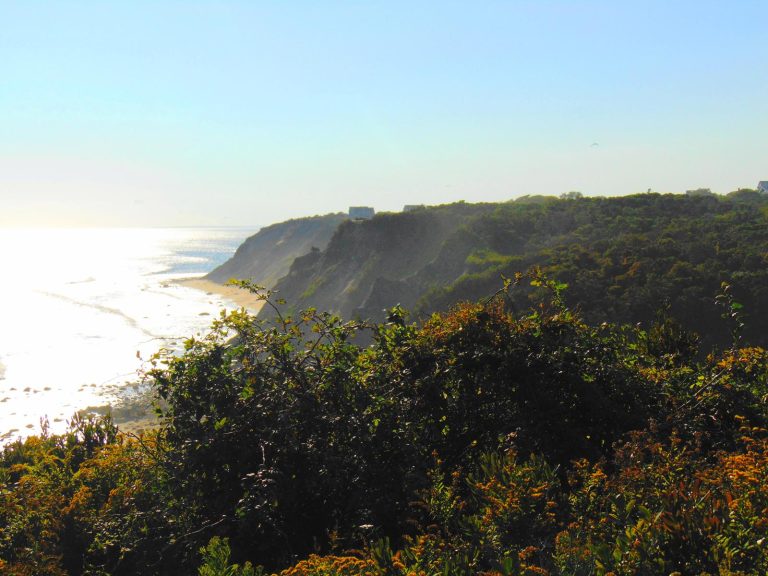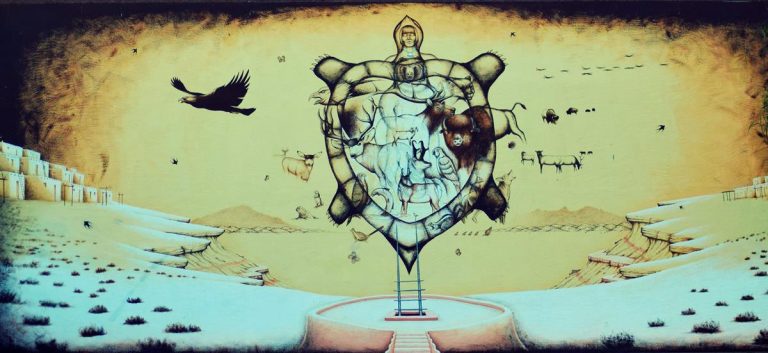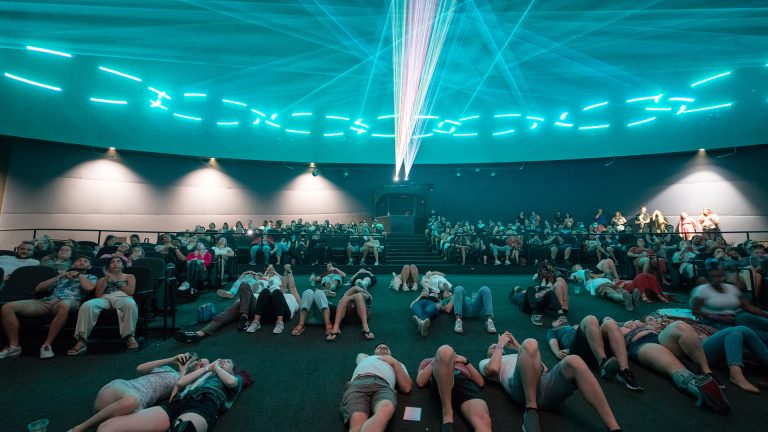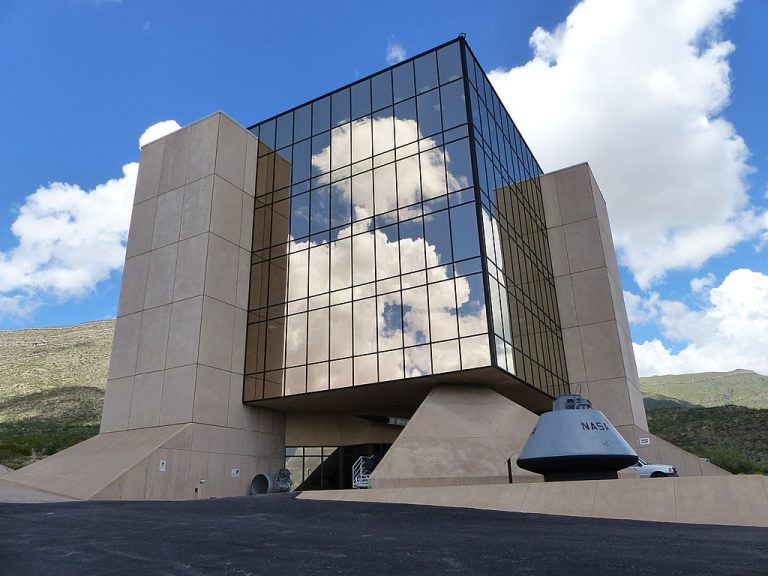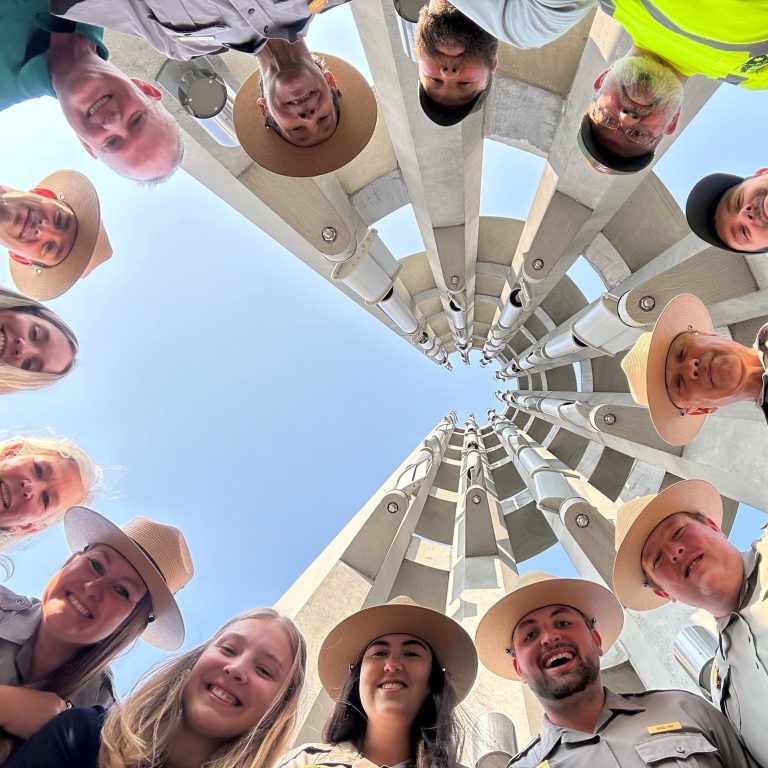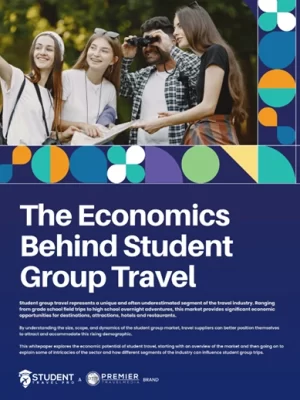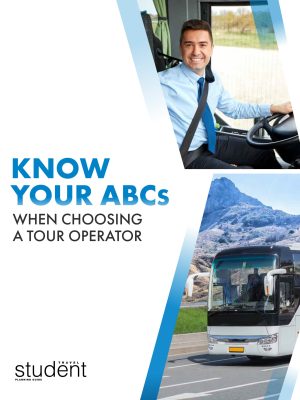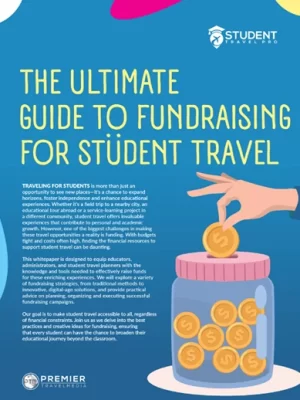Explore intriguing space museums in the US, from NASA’s Kennedy Space Center to the Smithsonian Air and Space Museum. Discover interactive exhibits, space shuttles and astronaut training programs.
Educational space travel, including space-themed field trips, is not only exciting but also packed with interactive STEM-focused learning opportunities. Space museums in the US offer an immersive approach to learning about space exploration without leaving Earth. Whether you’re visiting NASA’s Kennedy Space Center Visitor Complex or the U.S. Space & Rocket Center, these museums bring aerospace history to life with interactive exhibits, astronaut training simulations and real spacecrafts. Students, educators, and astronomy enthusiasts alike will be inspired by the cosmic environments that offer a deeper understanding of the universe, its history, and the future of galactic exploration. Join us on an explosive journey to engaging museums and educational centers that offer unforgettable hands-on experiences.
Ready to take your student trips to the next level? Download Student Travel Pro now for free resources, destination guides, and expert planning tips.

Astronaut Training Experiences for students at the Kennedy Space Center. Photo credit: Kennedy Space Center Visitor Complex Facebook
Kennedy Space Center Visitor Complex, Florida: Tour NASA’s Historic Launch Site
Located on Florida’s East Coast, the Kennedy Space Center Visitor Complex is one of the world’s most iconic space museums. As the primary launch site for NASA’s Apollo, Space Shuttle, and Artemis programs, it offers visitors the opportunity to explore NASA’s storied history and engage with exciting interactive exhibits. The Kennedy Space Center is dedicated to education, offering a variety of programs for students, including student group tours, Astronaut Training Experience, and camps that immerse young learners in space exploration.
Educational Highlights:
- Space Shuttle Atlantis: The centerpiece of the complex is the Space Shuttle Atlantis, offering a close-up view of one of NASA’s most celebrated spacecrafts.
- Rocket Garden: A stunning outdoor display featuring authentic and replica rockets from the Mercury, Gemini, and Apollo programs. Walk among historic rockets and step inside some of the capsules to experience what early astronauts endured.
- Bus Tours to Launch Pads: A must-do experience, the bus tour takes visitors behind the scenes to active NASA facilities, including the historic Launch Complex 39A, where Apollo 11 and SpaceX missions launched. View the Vehicle Assembly building (VAB), one of the most significant buildings in the world, where rockets are prepared for launch.

STEM on Stage at the U.S. Space & Rocket Center teaches about the science behind flight. Photo credit: U.S. Space & Rocket Center Facebook
U.S. Space & Rocket Center, Alabama
Located in Huntsville, Alabama, the U.S. Space & Rocket Center is a must-visit destination for anyone interested in the history of space exploration, and home to one of the world’s largest collections of rockets and space artifacts. The Center is closely tied to NASA’s Marshall Space Flight Center and was instrumental in the development of the Saturn V rocket, which powered the Apollo missions to the moon. Visitors can see the Saturn V rocket up close and explore exhibits dedicated to America’s space race.
Educational Highlights:
- Space Camp: A hands-on experience that enables students to simulate space missions and explore the science behind space travel.
- Launch Simulators: These interactive exhibits allow visitors to feel like part of an actual space launch.

Part of an Apollo 11 F-1 engine recovered from the depths of the Atlantic. Photo credit: National Air and Space Museum, Smithsonian Institution Facebook
Smithsonian National Air and Space Museum, Washington, D.C. & Virginia
The Smithsonian National Air and Space Museum is one of the most visited museums in the world, boasting an unparalleled collection of artifacts related to aviation and space exploration. With two locations—one on the National Mall in Washington, D.C., and another at the Steven F. Udvar-Hazy Center in Virginia—students can explore thousands of exhibits that showcase humanity’s journey into space.
Educational Highlights:
- Apollo 11 Command Module: A centerpiece of the museum, this exhibit allows visitors to get up close to the capsule that carried Neil Armstrong and Buzz Aldrin to the moon.
- Wright Brothers Exhibit: Explore the history of flight with one of the largest collections of aviation artifacts.
- Space History Galleries: The museum boasts some of the world’s most famous space artifacts, including pieces of the Hubble Space Telescope.
- The museum offers public lectures, guided tours, and summer programs for students, as well as workshops for educators.
Looking for tools to streamline your next trip? Explore our planning guide today.

Students are guided in Mission Control as they learn about aerospace technology at the Challenger Learning Center in Wheeling, WV. Photo credit: Challenger Learning Center, Wheeling, WV Facebook
Challenger Learning Centers: Hands-On Space Missions for Students
The Challenger Learning Centers were established in memory of the crew of the Space Shuttle Challenger and their dedication to astronautical exploration and education. These centers focus on STEM learning by offering immersive, hands-on experiences that inspire students to pursue careers in space science, engineering and technology. With 40 locations across the US, these centers serve as dynamic educational hubs where students can step into the role of astronauts, scientists and mission control specialists.
Challenger Learning Centers Key Features & Programs
Mission Simulations
- Students participate in simulated space missions that require teamwork, critical thinking, and problem-solving skills.
- Missions include navigating space stations, launching probes, and conducting scientific experiments in a realistic space environment.
- Participants work in specialized roles, such as Commander, Engineer or Communications Officer, to successfully complete their objectives.
STEM-Focused Learning Modules
- Lessons align with NASA-inspired challenges and real-world space science concepts, such as Mars exploration, asteroid research and spacecraft navigation.
- Programs emphasize coding, robotics and physics through hands-on challenges that enhance classroom learning.
Astronaut & Mission-Control Training
- Students experience what it’s like to train as an astronaut, learning how to respond to space emergencies, perform experiments and complete precision-based tasks.
- The Mission Control Center mirrors NASA’s real-life control rooms, where students coordinate their teams just like professionals in Houston.
Virtual & In-Person Options
- Many Challenger Centers now offer virtual space missions and hybrid programs, allowing schools to engage with their curriculum remotely.
- Educators can integrate pre-mission training modules into their lessons before students visit in person.
Challenger Learning Centers are accessible to schools and educational groups nationwide. To find one near you, visit the official website for a complete list of locations.

The Museum of Flight showcases the impressive SR-71 Blackbird plane. Photo credit: The Museum of Flight, Ted Huetter
Additional Must-Visit Space Museums
While the museums listed above are among the most well-known, several other incredible space museums across the United States offer unique exhibits, rare artifacts, and interactive experiences that are perfect for student groups.
Museum of Flight (Seattle, WA)
One of the most extensive air and space museums in the world, the Museum of Flight in Seattle houses over 175 aircraft and spacecraft, offering engaging exhibits on NASA’s history, space innovation and modern exploration efforts.
Key Highlights:
- NASA’s Space Shuttle Trainer: Used to prepare astronauts for spaceflight, this full-scale mock-up of a space shuttle’s crew cabin allows visitors to see where astronauts previously trained.
- Apollo Lunar Module: A detailed replica of the lunar module used during NASA’s Apollo missions, offering a close-up look at the technology behind moon landings.
- Boeing & Aviation History: The museum explores the evolution of aviation, including early aircraft, World War II planes and modern commercial space travel.
Cosmosphere (Hutchinson, KS)
Located in Kansas, the Cosmosphere is home to one of the largest collections of US and Russian aeronautical artifacts outside of the Smithsonian. Its exhibits focus on the Cold War space race, the Apollo missions and innovations in aerospace technology.
Key Highlights:
- Apollo 13 Command Module, “Odyssey:” The actual spacecraft that carried astronauts through their dramatic near-disaster mission in 1970.
- German V-2 Rocket Exhibit: A detailed look at the V-2 rocket program and how it shaped early space exploration through its connection to NASA and Wernher von Braun.
- STEM Education & Space Camps: Cosmosphere offers summer camps and hands-on programs that allow students to experience astronaut training, robotics and mission simulations.

The Intrepid Sea, Air & Space Museum offers exceptional field trip opportunities for immersive STEM experiences. Photo credit: Intrepid Museum Facebook
Intrepid Sea, Air & Space Museum (New York, NY)
Located on the historic USS Intrepid, an aircraft carrier docked in Manhattan, the Intrepid Sea, Air & Space Museum offers a unique glimpse into the intersection of space, air and sea exploration.
Key Highlights:
- Space Shuttle Enterprise: The first space shuttle ever built, Enterprise was a prototype that paved the way for the shuttle program. Visitors can stand beneath the shuttle and view its engineering up close.
- Aviation & Military History: The museum showcases a range of aircraft, including fighter jets and Cold War-era planes, demonstrating the evolution of aeronautics and its impact on space travel.
- The Aircraft Carrier Experience: Walk through the massive decks of the USS Intrepid, which served in World War II, the Cold War and the Vietnam War.
Exploring space doesn’t require a ticket to Mars—it can start with a visit to one of the incredible space museums across the US. Whether you’re a teacher planning an educational trip, a student eager to learn more about the universe, or simply an enthusiast, these museums offer immersive education that will inspire curiosity about the cosmos.
Be the first to know about top student-friendly destinations! Sign up for the Student Travel Pro newsletter and get the latest travel trends, expert tips, and group planning strategies.
By Lorelei Skurzewski, Contributing Writer



